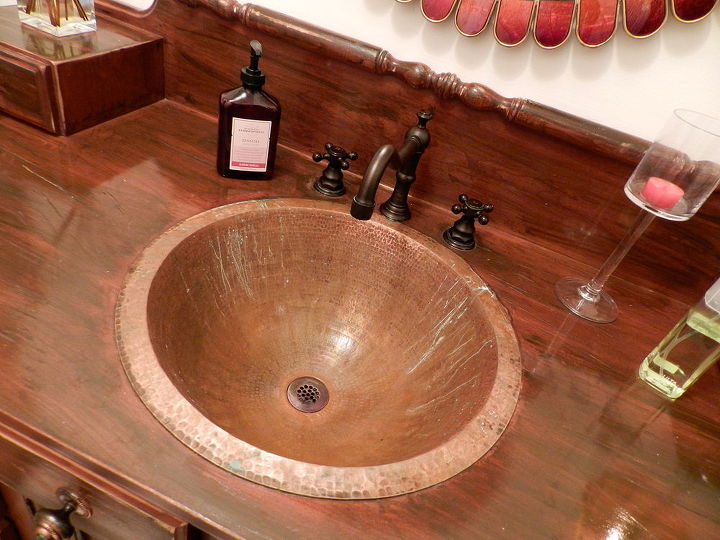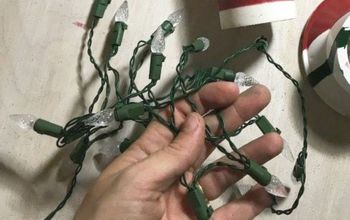anyone know about water pumps, sandpoint wells and how they work, i have no water pressure for some reason :(

-
Your sand point well is designed to be a shallow well. Most are no deeper then 25 feet with a few extending down to the 40 foot level. These wells were designed for occasional use such as your summer cabin in a very rural area. One must be very diligent with these wells as they can become easily contaminated with fecal matter and ground use poisons. A few things can effect the pressure and volume of this type of well. One being lower water table, and another being a plugged well point. or both. Still another is a worn pump or pump impeller. And still another is a cracked pipe coming up from the ground. You should have a ground level pump located somewhere in the house or near in a well shed. Next to the pump should be a pressurized holding tank, assuming your using this for domestic water use. Some of these wells are used for irrigation use only and in that case you may not find a pressure tank. When the water runs a pressure gauge controls the pump and turns it on. Normally the pump supplies more water and pressure that can be used on a single faucet at one time. So the water pressure spikes and the pump turns off quite quickly. The pressure tank is there to stop the quick cycling of the pump. If the tank becomes water logged, the pump will turn on and off quite quickly while the faucet is open. This will cause the pump to burn out quickly. So your water tank should be pressurized with enough air so the air will compress and allow the tank to supply enough water to the faucet for a short time in order to allow the pump to rest between cycles. Now were going to assume that is all correct based upon your question. So what is next? If the pump cannot fill the tank quickly enough so it does not drain out before your pressure or volume slows down, you need to check the pump first, then the well point buried at the bottom of the well. If the pump impeller is worn or the housing is worn, the pump simply cannot create enough pull or push to generate enough pressure to the house. This can be an easy fix. To see if this is the case, you can put a pressure gauge on the discharge assuming you do not have one and see if the pump is able to produce at least 60 psi pressure when its running. You may need to adjust the pump switch to keep it running that long to get to the pressure. But if the tank is water logged, or you do not have one, this pressure should come up quite quickly. Lets assume the pump is OK, Then you need to look at the well point at the end of the pipe that goes into the ground. These points are designed to filter out sand and soils so it does not come up to the pump and wear it out. If you are seeing a lot of silt or grit in your water tap, then the well point is at fault and needs to be replaced. If the well point becomes clogged with sand and silt, which can happen with a shallow well where the water is being drawn from a sandy and rocky layer in the earth. You will need to replace the point. The last thing that can cause your issue is a cracked suction pipe coming from the well point to the pump. If air is being drawn into the pipe, it looses suction and prevents the water from being drawn out of the ground. It would be like a soda straw with a hole in the side. While you can still get soda out of the glass, you have to overcome the air coming in before you can draw the liquid out of the glass to drink. Plug the hole and you will get a lot more water being drawn up the pipe. This is more important if the well point is becoming clogged and more difficult to draw water through. The last thing that can cause issues is a low water table. If you are drawing out of a water table that perhaps is suffering from drought, or changes in level because of area construction you will need to drill deeper or get local water if possible. The last thing I would suggest once you figure out your problem is to get your water tested. This should be done every spring and fall if you live there year round. Chemicals both put down by perhaps you or some neighbor down the road can pollute your well very fast being that shallow. I hope this sheds some light on your issue. Keep us posted on what you do or find.
 Woodbridge Environmental Tiptophouse.com
on Jun 13, 2012
Helpful Reply
Woodbridge Environmental Tiptophouse.com
on Jun 13, 2012
Helpful Reply -
-
.........The End! Very well diagnosed, Woodbridge..... regardless what the problem is! lol
 Plumber26
on Jun 13, 2012
Helpful Reply
Plumber26
on Jun 13, 2012
Helpful Reply -
-
thanks for the info very informative, i had to remove the screens from my faucets because they were filling up with sand and silt, i also occasionally get air bubbles or whatever gurgling out when im running water, so it does not sound very good for my water situation, I would never test the water because we already know its not safe for drinking, we bring all of our water in jugs from a friend with rural water. we only use it for washing hands and showering ect. this helps, ill have to save up 4000$ to get rural water put in. Thanks again!
 'Raven E
on Jun 14, 2012
Helpful Reply
'Raven E
on Jun 14, 2012
Helpful Reply -
-
If your getting a lot of silt in the faucet screens that is a sign that the well point is or has failed. Also all that stuff wears down the impeller inside the pump. So your getting a double hit for what needs to be done. And your correct, gurgling is air, which tells us that your water table is running dry on you. Time to dig deeper.
 Woodbridge Environmental Tiptophouse.com
on Jun 14, 2012
Helpful Reply
Woodbridge Environmental Tiptophouse.com
on Jun 14, 2012
Helpful Reply -
Related Discussions
How to get rid of mice?
We seem to have some unwelcome Mickeys and Minnies in our house. What is the best way to get rid of them?
How to remove popcorn ceiling with asbestos?
I want to remove my popcorn ceiling, but it has asbestos in it. How do I go about this safely?
How to caulk baseboard gaps?
How do I fill gaps at baseboard, should I caulk? If so, does anyone know how to caulk baseboards?
How to fix squeaky hardwood floors?
How do I fix squeaky hardwood floors?
I have ruined my copper sink! Please help!
I'm hoping to save my copper sink, but I am afraid I have totally ruined it. I need some suggestions on how to save it! What can I spray it with, or where can I fin... See more
Black stuff in home water supply.
This black oily or paraffin type stuff sometimes comes through my hot water line in the second story. Have talked to the water company. They say it isn't them or th... See more





